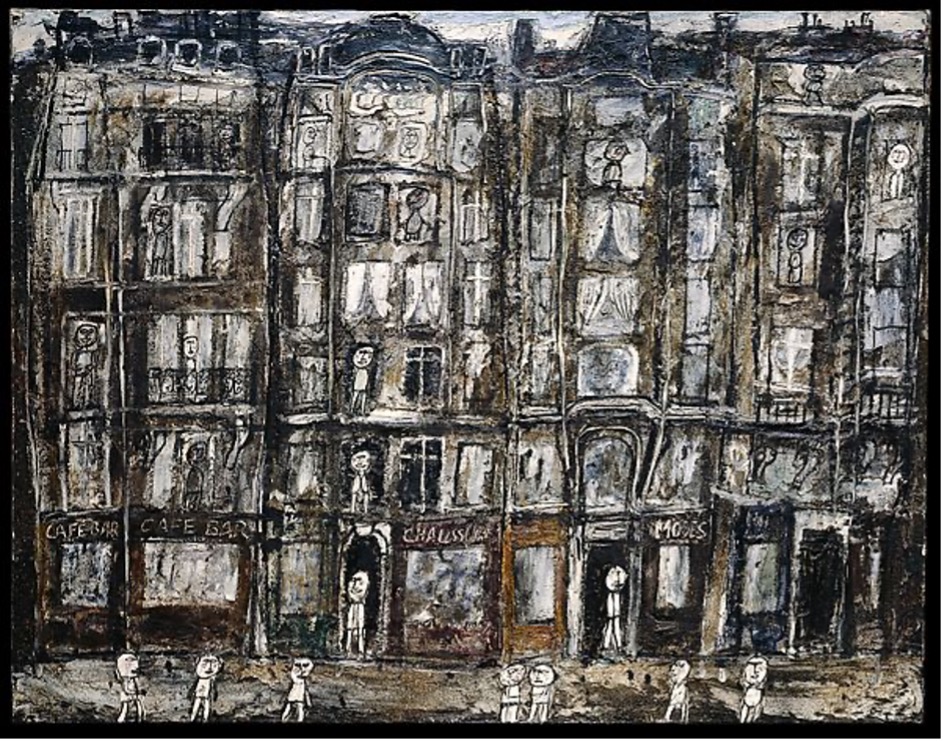
Former London school boy, now international, Oscar-winning film maker and artist, Steve McQueen’s extremely ambitious and revealing work, ‘Class 3’, gives us a portrait of London through one frozen moment in time – a vast grid comprising of photos of Year 3 classes from most of London’s Primary schools. This 6 min BBC video follows this extraordinary project from start to finish.
Jean Dubuffet’s exhibition, ‘Brutal Beauty’, was recently on at the Barbican gallery. His work is often called Art Brut, or raw art, as he made unpretty, but very direct and powerful work about people and everyday life.
As this exhibition says, Dubuffet endlessly experimented and was clear on his purpose:
‘Art should always make you laugh a little and fear a little. Anything but bore’.
He made paintings and sculpture about the hustle, bustle and ordered chaos of the city. He saw the pattern of a City’s streets, buildings, parks and daily life as like the distorted grid of a jigsaw puzzle. He expressed the patterns, rhythms and randomness of streets, street life, building facades, faces and urban activity using paint and Styrofoam (a new, cutting edge material after WWII also much used by Henry Moore). This 3 minute video, “An Urban Imagination”, shows something of his ideas and working methods.
The works of contemporary American artist Rashid Johnson show both the excitement and the anxiety of living through the 2020 lockdown. This interview he gave for the magazine ArtReview at the end of last year gives insights into his varied art practice and his reasons for using, for instance, certain paint colours or mosaic materials.

At the beginning of the last century, Russian abstract artist, Vasily Kandinsky, was using a grid to experiment with colours, circles and squares, as in his work ‘Colour Study Squares with Concentric Circles’.
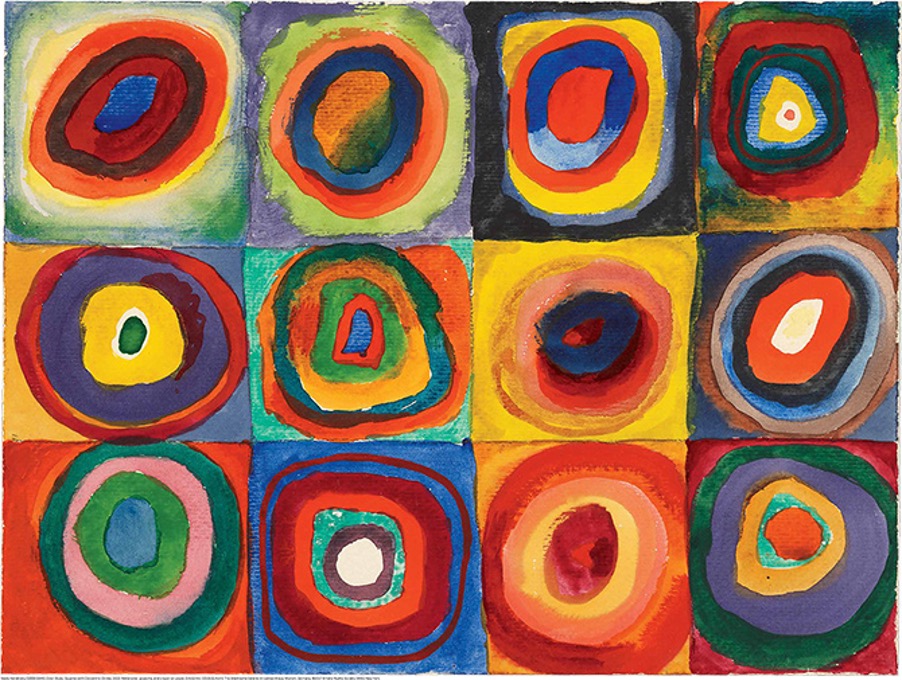
About the same time pioneering Dutch painter Piet Mondrian was beginning to reduce landscapes and especially trees to broken abstract lines and later pure colours and grids. This fascinating 3 min Tate Shot video gives a great overview of how he thought about painting. His later work achieves a dynamic equilibrium of movement and balance. This rather longer video traces his intriguing journey from early experimentation with many styles of painting to his familiar mature abstract grid style.

Hartlepool-born abstract painter Basil Beattie has also used a grid to create his own language of pictograms or hieroglyph – like symbols which he uses throughout his later work.
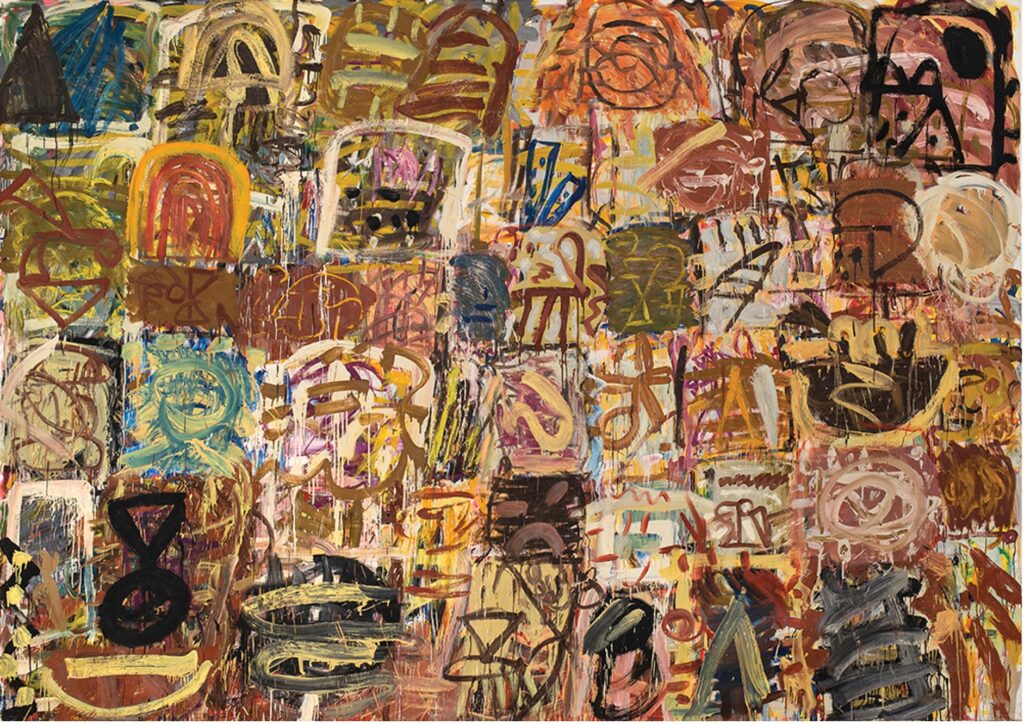
Bridget Riley’s early 1960’s Op Art paintings played with distorted black and white chequer-board grids to give illusions of three-dimensions, though she stopped using them when she discovered that American commercial designers were using her ideas to help sell all manner of products.

Using the grid idea in quilting, the Gee’s Bend Community Quilters (including Annie E. Pettway and Mary Lee Bendolph) of Alabama, USA, have made beautiful, jazz-age design quilts for over a century, exploring their African diaspora roots with vibrantly imaginative textiles. Watch and listen to these artists show and discuss their lives and work in this immersive and beautiful video.


Also using quilting with appliqué and printing, Contemporary Filipino-American artist Pacita Abad (1946-2004) was inspired by the cultural traditions of the countries she visited from Indonesia to Korea, Kenya and South Sudan. She has work on show at Tate Liverpool until January 2022.
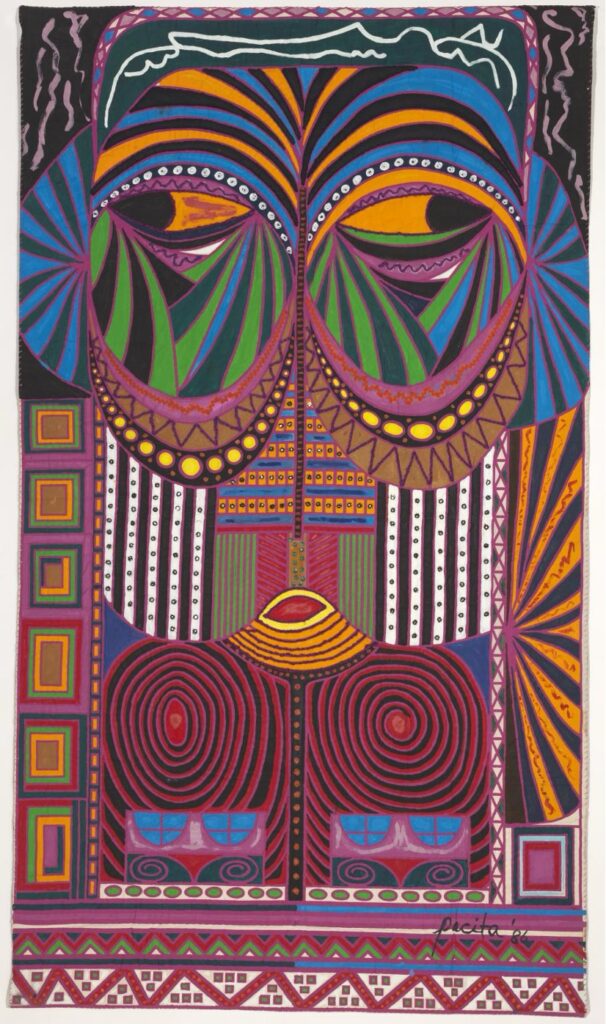
Similarly working with grids in textiles, Bauhaus artist Anni Albers made grid-based wall hangings such as her work Black White Yellow.

South Korean artist, Haegue Yang, makes sculpture mixing mass produced and craft-based products such as clothes driers and venetian blinds, as in the case of her huge suspended gridded work ‘Sol LeWitt Upside Down Sculpture’ at Tate Modern. She’s also had an exhibition at Tate St.Ives.
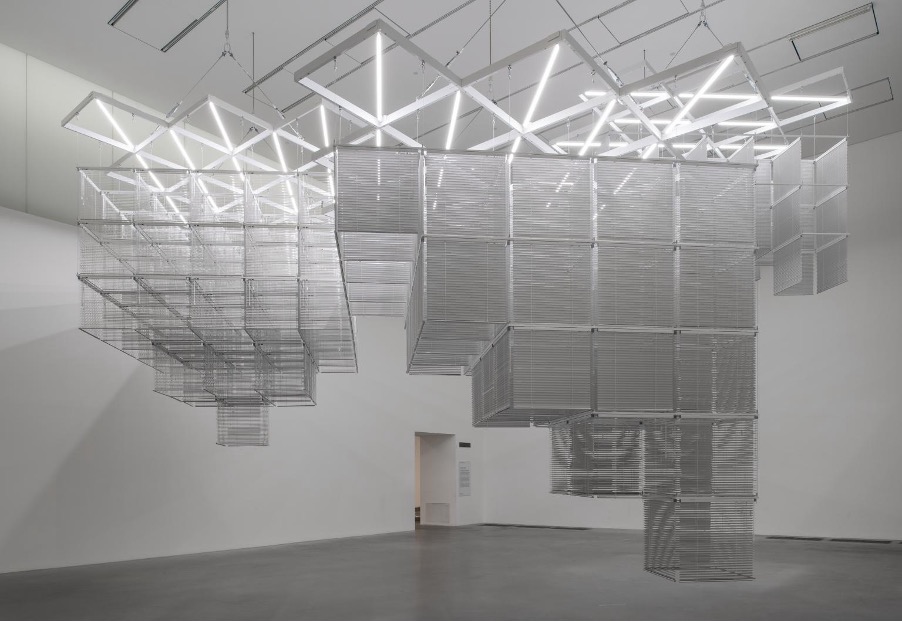

Also hanging a giant, metal grid sculpture, called Matrix III, from a gallery ceiling was sculptor Antony Gormley as part of his recent show at the RA. Both Yang and Gormley have been influenced by the American sculptor Sol LeWitt as his work Open Geometric Sculpture IV shows

Rolled up Financial Times newspaper is the stuff from which British-Hong Kong artist Gordon Cheung has made a series of Chinatown-inspired windows as shown in this 2 minute video. His work is about the meteoric rise of China as a global superpower and the worldwide consequences of globalisation.
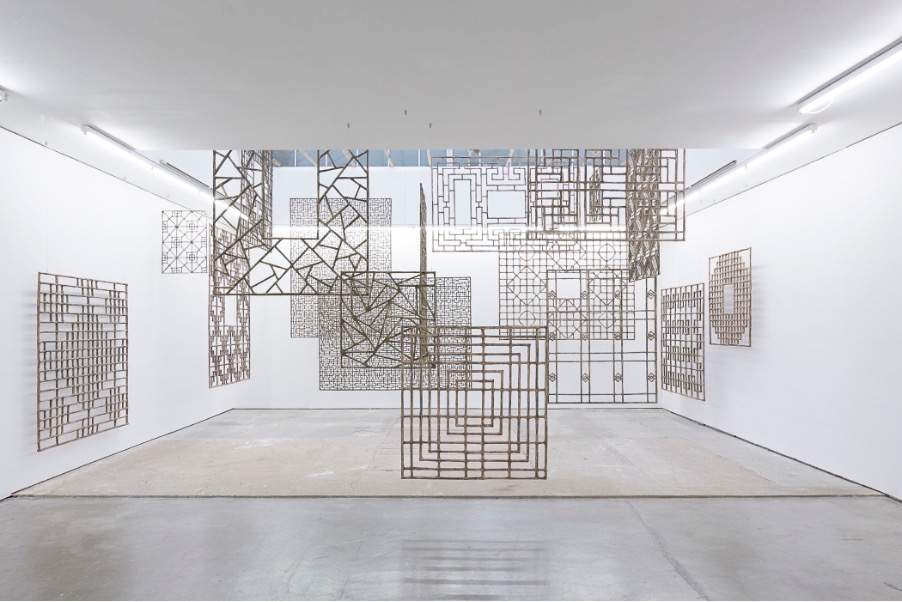
“What am I going to do next?” is the question that American artist Agnes Martin would ask herself before starting each of her finely drawn and painted gridded works. She felt that her restrained, contemplative, inward-looking works came from her inner spirit rather than anything in the outside world as this short but insightful Tate video explains. Or have a read of this article by the BBC’s Will Gompertz looking at just one of her works, Friendship.
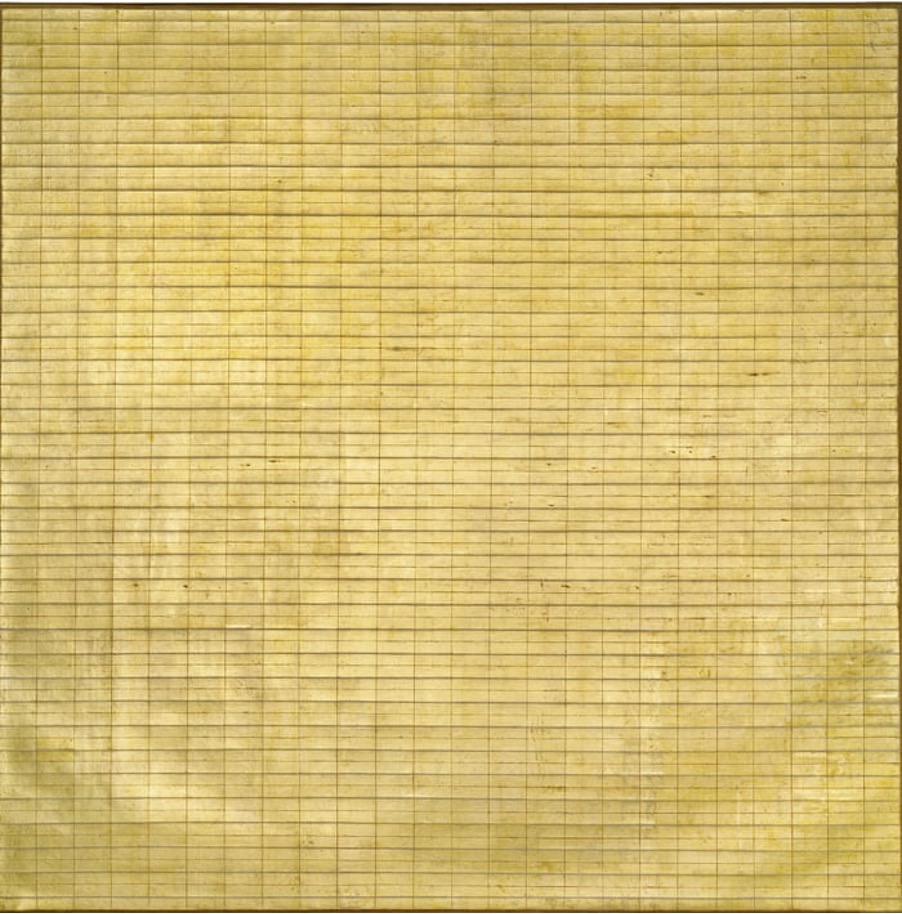
Finally, I’ll leave you with one of artist Kate Gilmore’s performances, called Top Drawer, that takes a wryly humorous look at the frustrations, daftness and often impenetrable challenges of life.
Gilmore has stated, “the fun part of making work is not knowing what it will end up being. Understanding the materials involved and my capabilities as a body, but not having a full comprehension of what the end product will be. It allows me to be more spontaneous and react to the elements in the structure more immediately.”